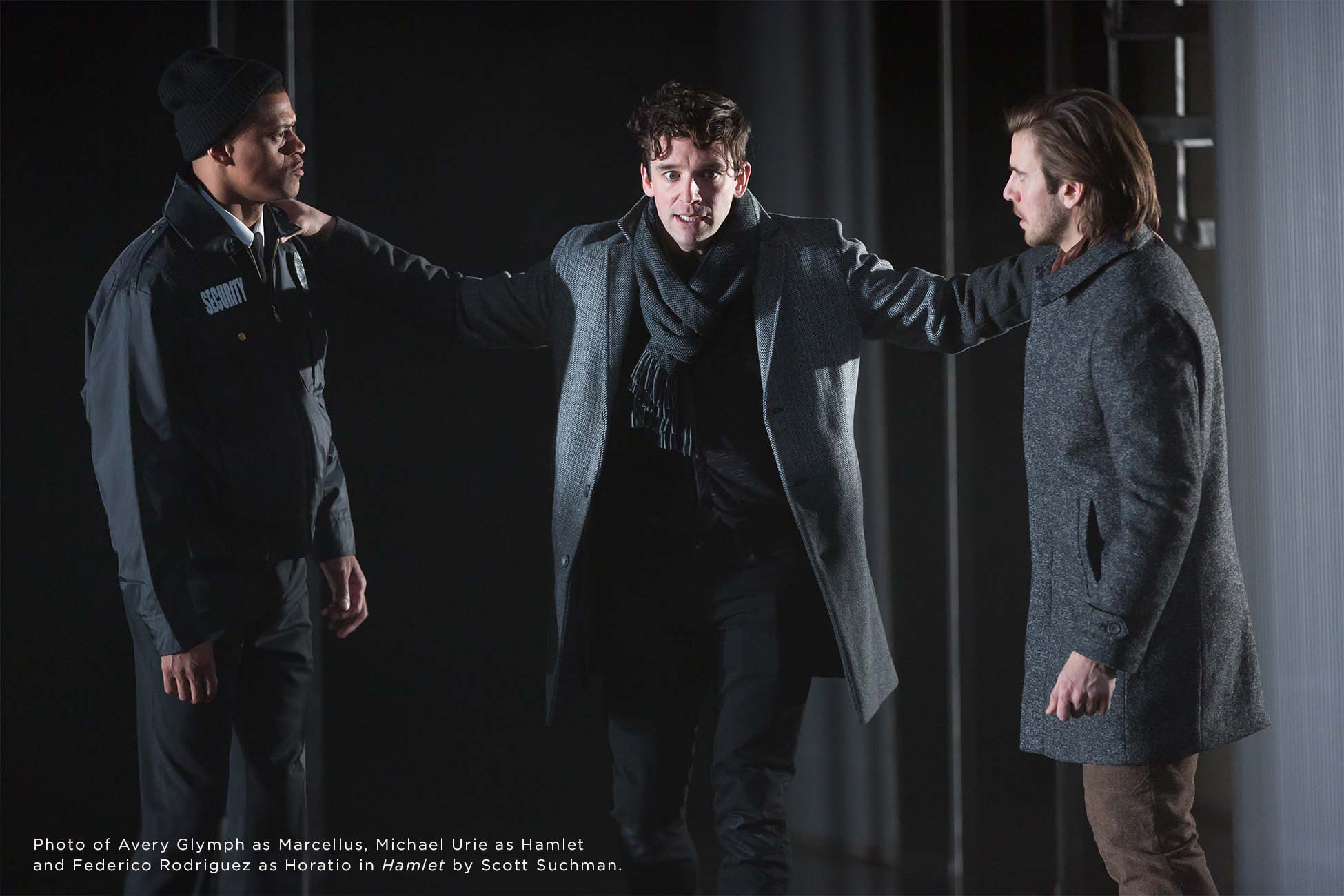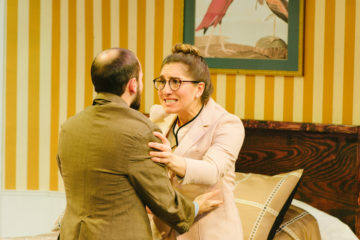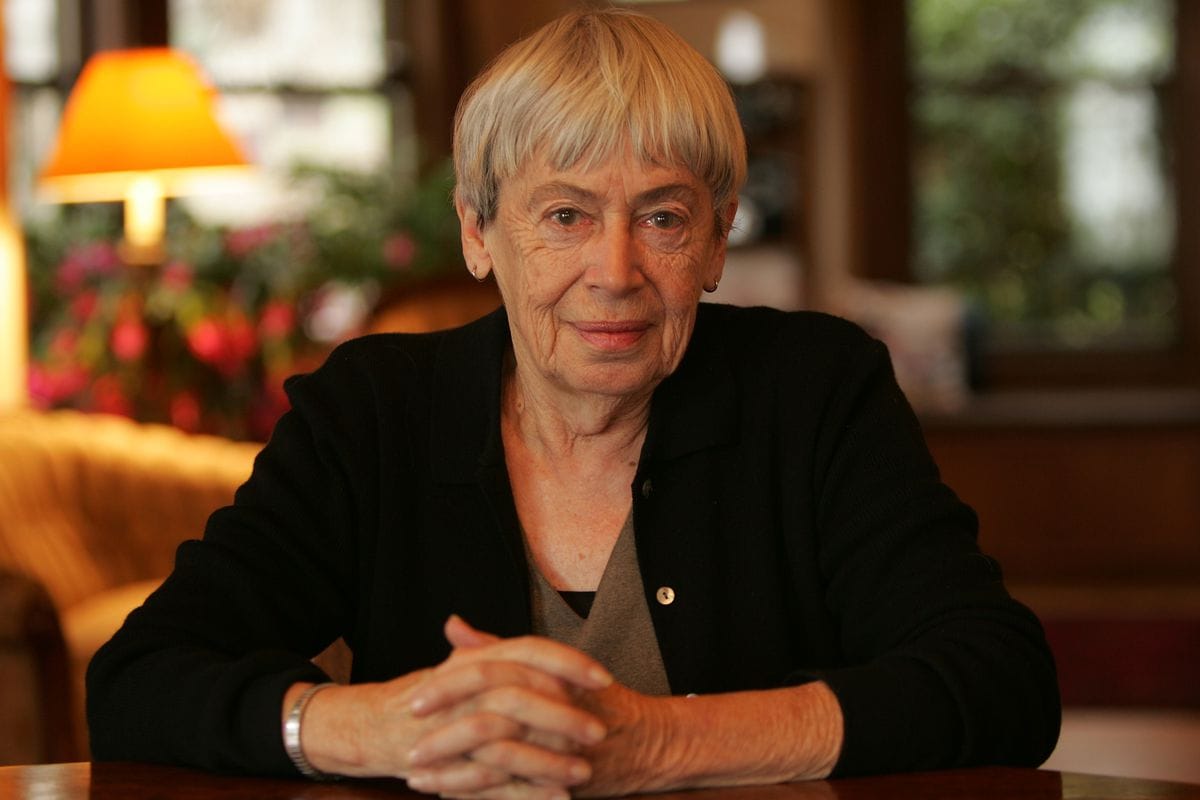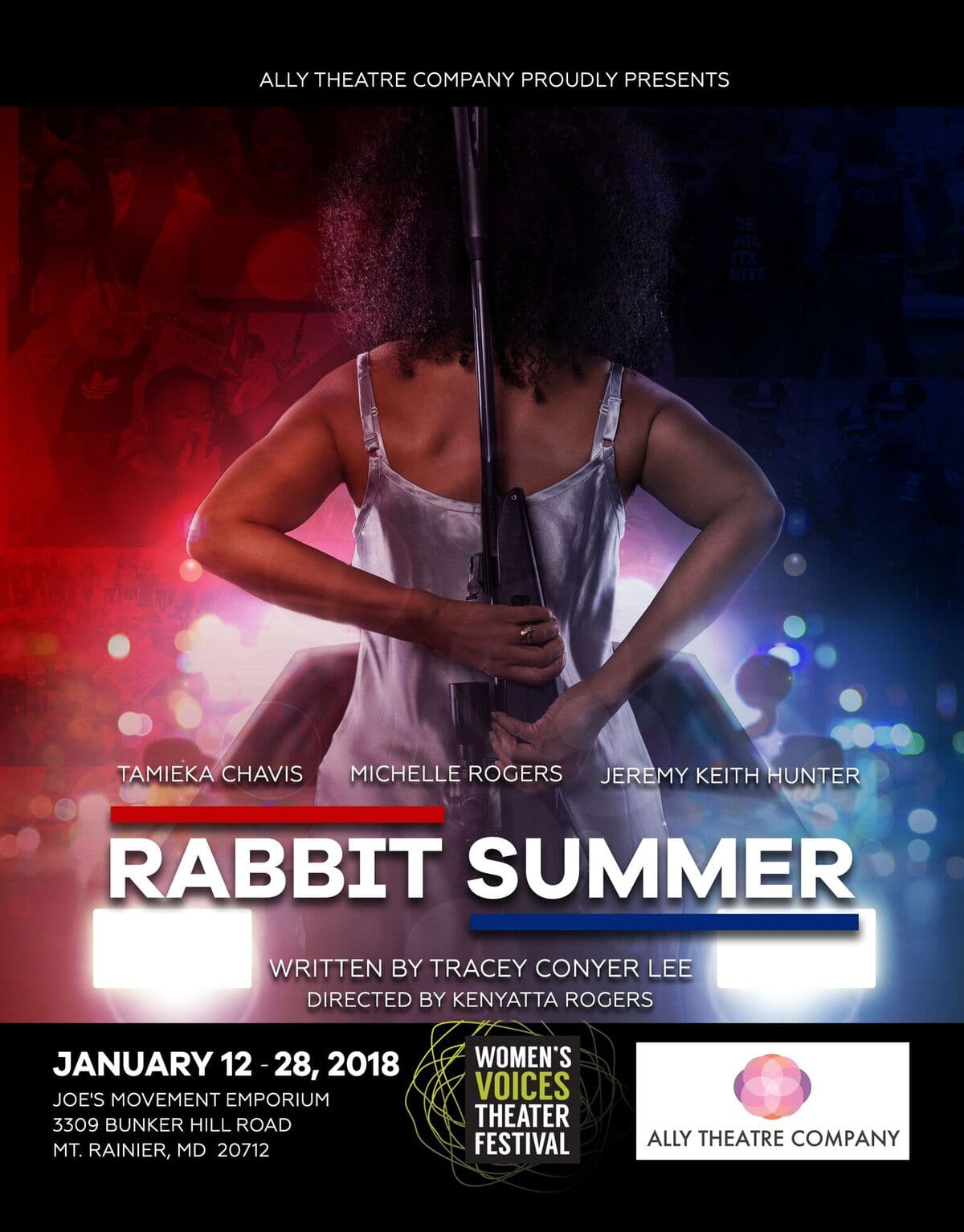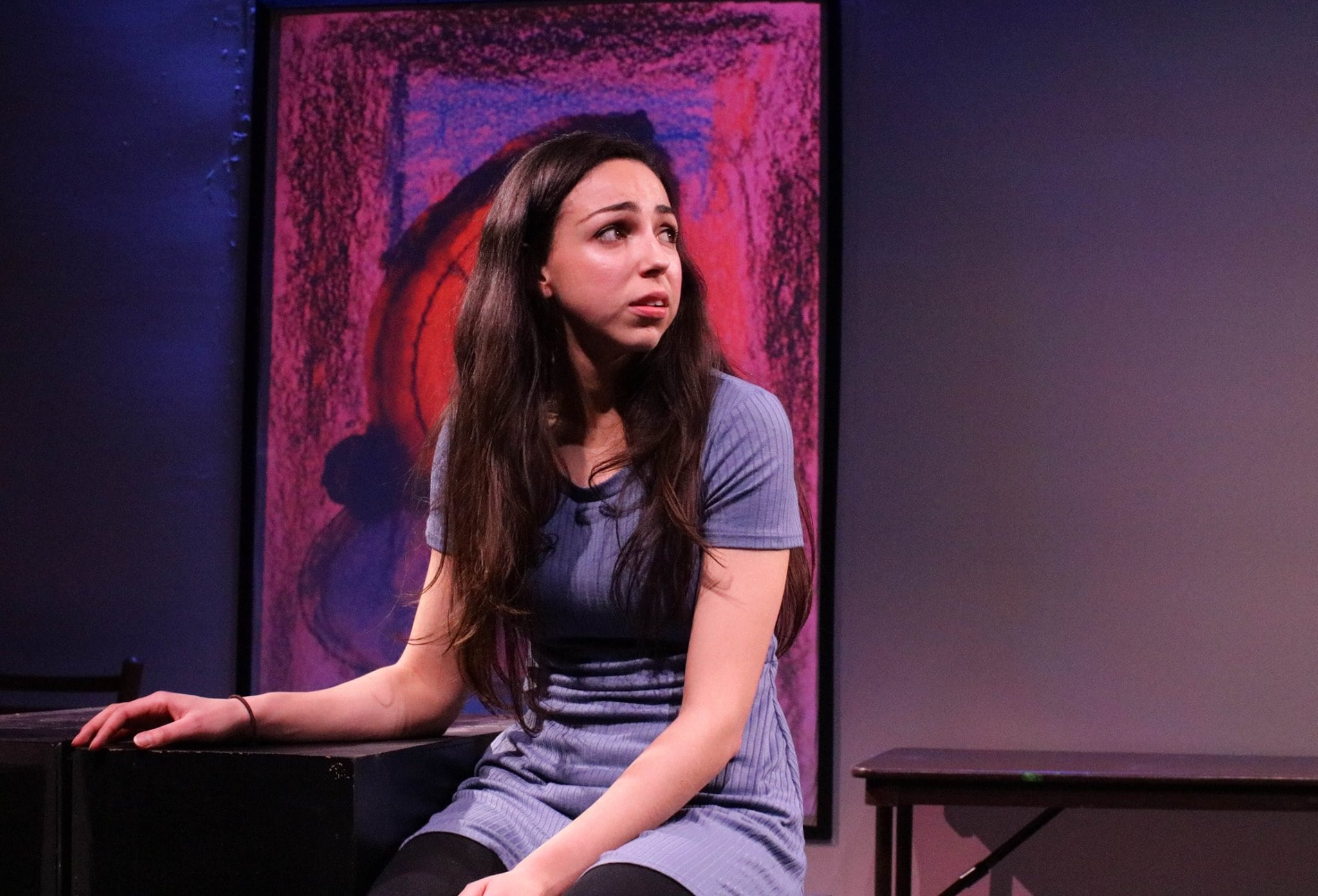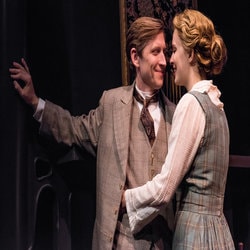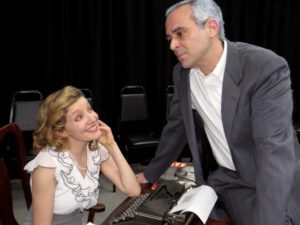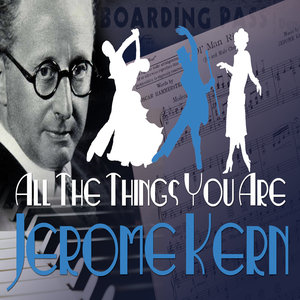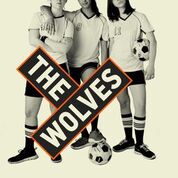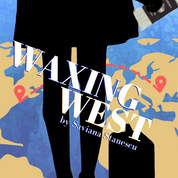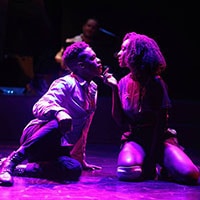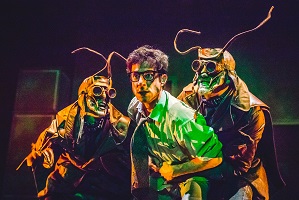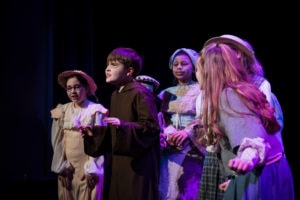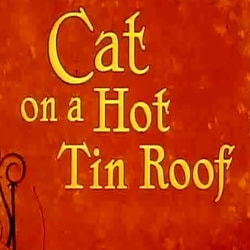Tag: Maryland Metro Theatre Arts
Trans Lives and Theater as Change Agent: A Q&A with Dane...
In observance of the the 12th annual International Transgender Day of Visibility (March 31, 2021), we republish this in-depth conversation with two leading lights...
In the Moment Part 2: Interviews with Playwrights Dominique Cieri, Wendy...
This is the second part of a two-part series of interviews with Women’s Voices Theatre Festival playwrights. In this series, I asked the same...
Review: ‘Hamlet’ at Shakespeare Theatre Company
The Shakespeare Theatre Company’s production of Hamlet, directed by Michael Kahn, is a rich, multi-layered interpretation of a uniquely great play.
Hamlet is central to...
Review: ‘Unnecessary Farce’ at The Keegan Theatre
With one two-act-long scene, eight loudly slamming doors, and countless head-over-heels tumbles, Unnecessary Farce by Paul Slade Smith makes its hilarious D.C. premiere at...
Tributes to Ursula K. Le Guin, whose novel ‘The Lathe of...
This year’s Women’s Voices Theater Festival features 24 plays, four of which are adaptations. Three are based on works by great male writers—Shakespeare, Congreve,...
Interview: Tracey Conyer Lee, ‘Rabbit Summer’ Playwright (Women’s Voices Theater Festival)
Have you ever met someone who left you feeling as though there is nothing you can’t do? I got that feeling each time I...
Review: ‘This Is All Just Temporary’ at Convergence Theatre (Women’s Voices...
Convergence Theatre, as a part of the Women’s Voices Theater Festival, has produced a new play by Olivia Haller called This Is All Just...
Broadway in Annapolis: ‘The Secret Garden’ Coming to Maryland Hall for...
Annapolis gets a little Broadway treatment when Live Arts Maryland presents The Secret Garden on February 9-10 at 8 p.m. at Maryland Hall for...
Review: ‘Hindle Wakes’ at Mint Theater Company
Long buried in a box marked "forgotten" was this remarkable play, now unearthed by Jonathan Banks' Mint Theater Company, which has brought it back...
Review: ‘The Consul, The Tramp, and America’s Sweetheart’ at Best Medicine...
This sold out production by local playwright John Morogiello and directed by Rabbi Stan Levin touched on so many current and historical hot points...
Pinky Swear Productions Presents the World Premiere of ‘Use All Available...
Pinky Swear Productions is excited to announce the world premiere production of a new play by a local playwright that celebrates the beauty, diversity,...
Review: ‘All The Things You Are: Jerome Kern’ at The In...
As the Great American Songbook continues to recede from its long-held prominence, productions such as the In Series All the Things You Are: Jerome...
Review: ‘The Wolves’ at Studio Theatre (Women’s Voices Theater Festival)
If the Women’s Voices Theater Festival existed only to give us Sarah DeLappe’s The Wolves, it would be worth it. But we have more...
Review: ‘Waxing West’ at 4615 Theatre Company (Women’s Voices Theater Festival)
“So we beat on, boats against the current, borne back ceaselessly into the past.” So said F. Scott Fitzgerald, at the end of The...
Review: ‘Passing Strange’ at The Wilma Theater
“Life is a mistake that only art can correct.”
That’s not a line you’d expect to hear at a rock and roll show, is it?...
No Side Hustle Necessary: Justin Trawick on Life as a Working...
Washington, D.C.-based musician Justin Trawick’s career can be traced back to the day he found a guitar under the steps of his parents’ pre-Civil...
Magic Time!: ‘The Trial’ at Synetic Theater
Kafka's nightmare novel about a man named Joseph K—who is arrested, detained, and tried but never told what he has done wrong—would seem perfect...
Review: ‘The Trial’ at Synetic Theater
The creative, resourceful folk from Synetic Theater have made another date with an old friend and literary powerhouse, well beyond the “silent” Shakespeare for...
Review: ‘The Addams Family Young @ Part’ at Ovations Junior Company
Ovations Theatre’s The Addams Family Young @ Part brings a fresh and original storyline to the beloved, if unconventional, family with a penchant for...
Review: ‘Cat on a Hot Tin Roof’ at Zemfira Stage
As you're spending January shivering against these sub-freezing wind-chills and bracing yourselves for the next bombogenesis, I strongly urge you to seek refuge in...



